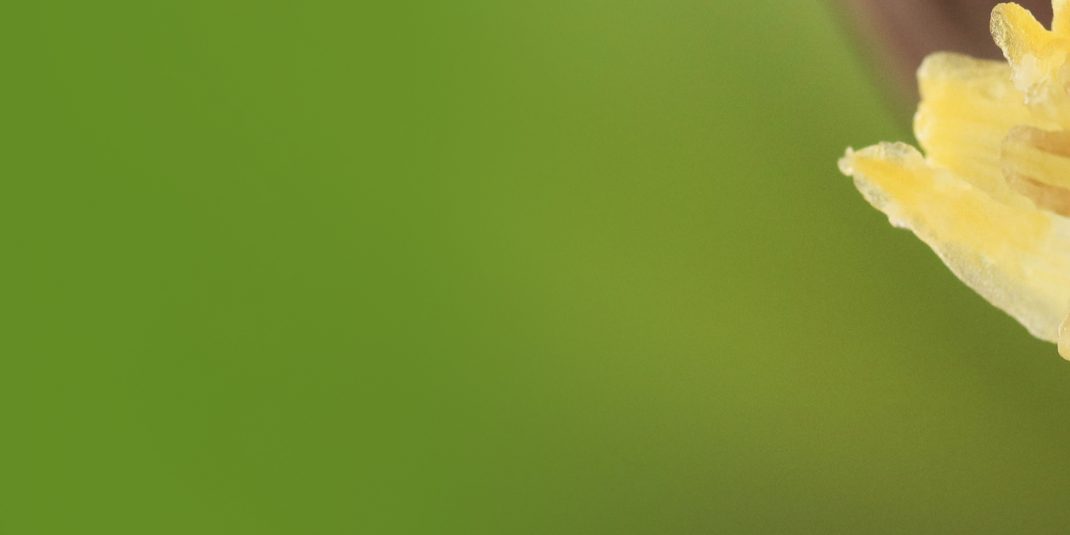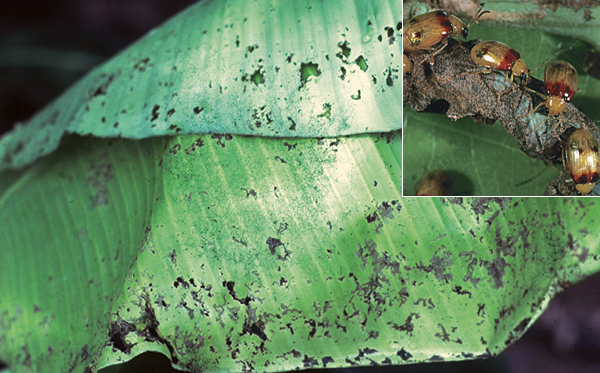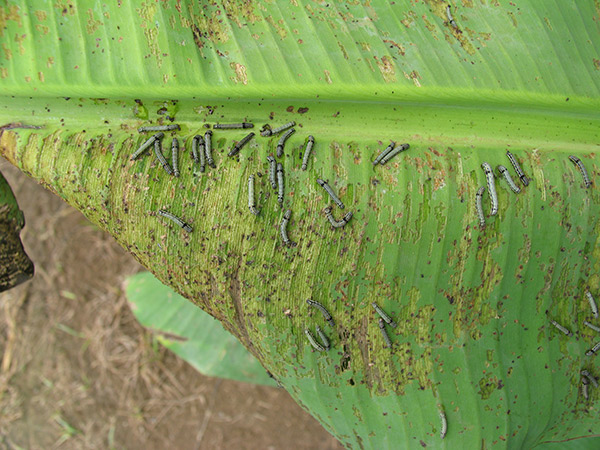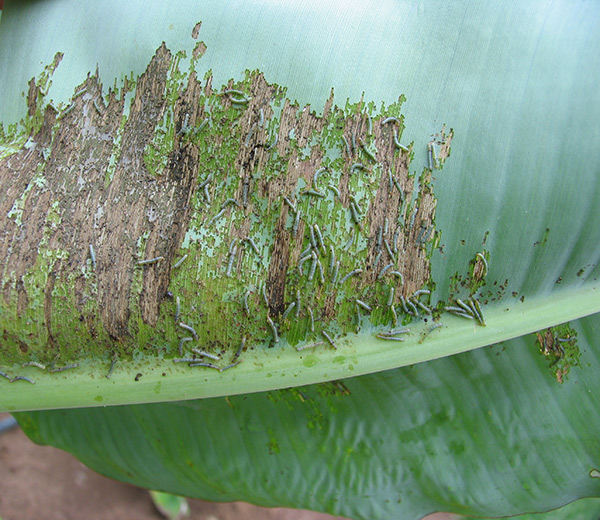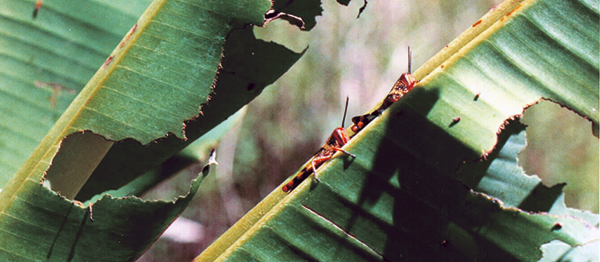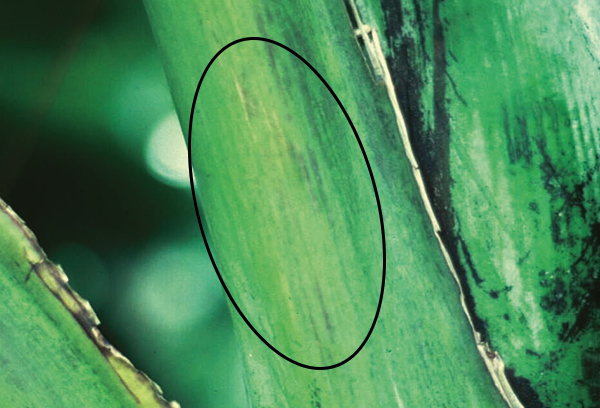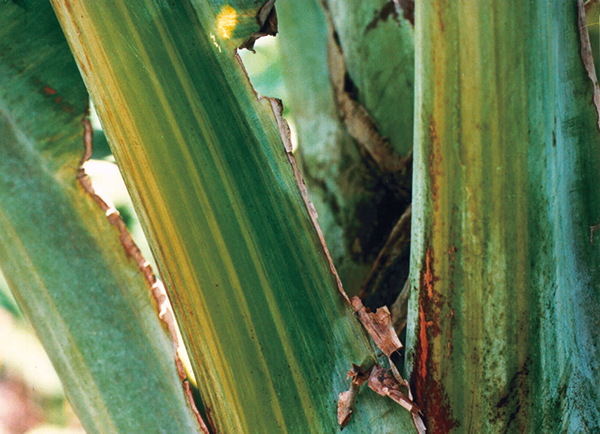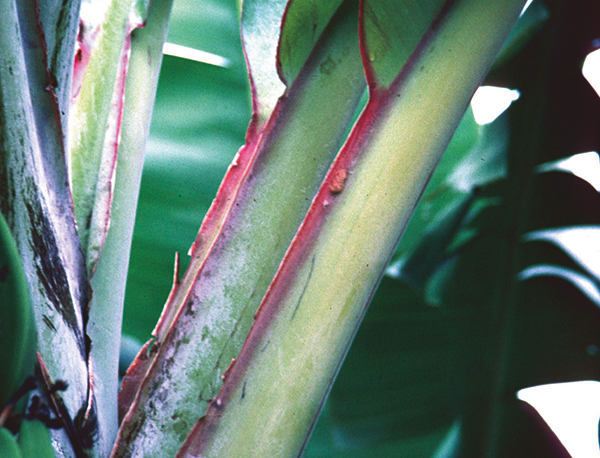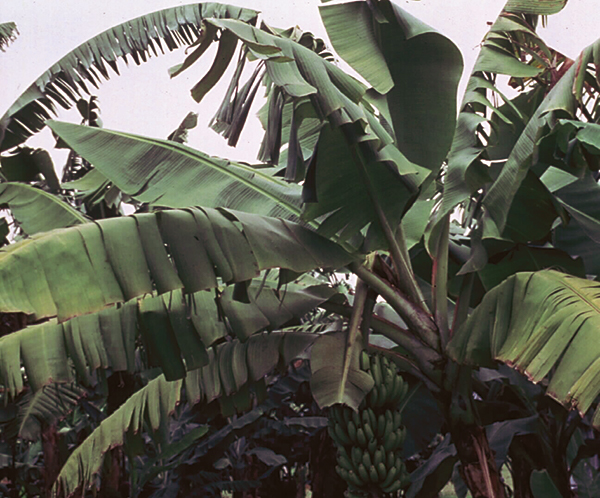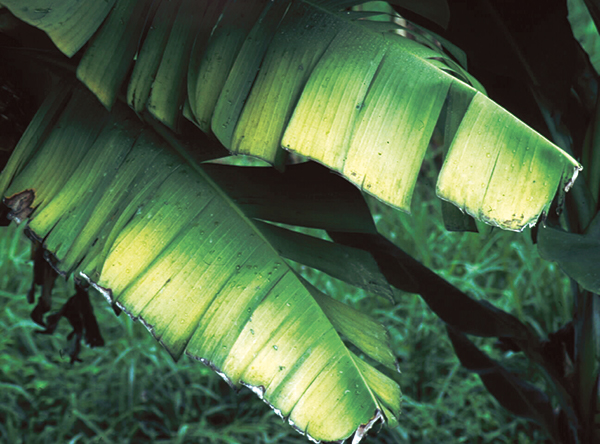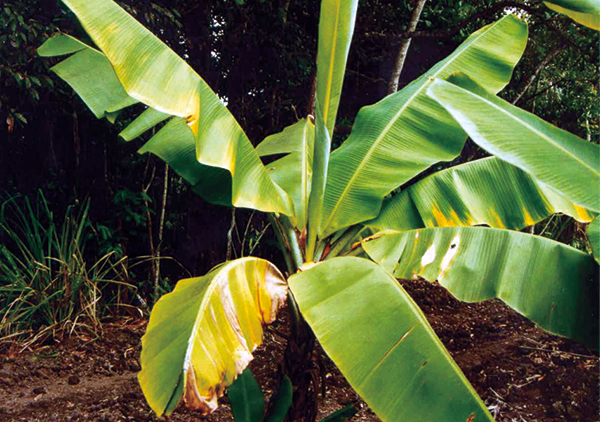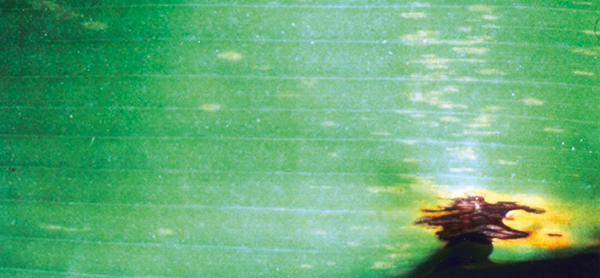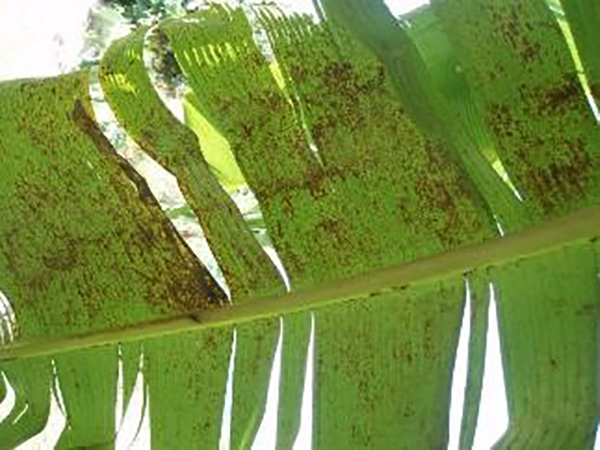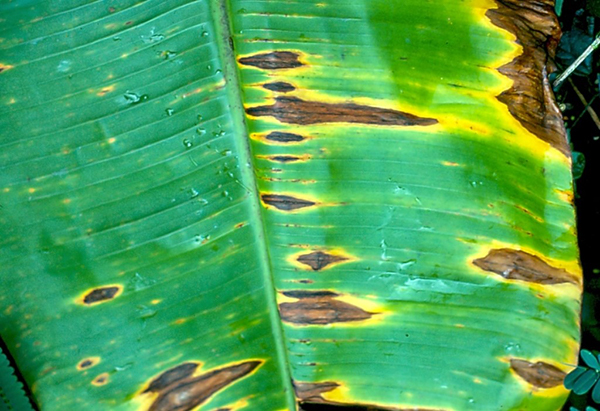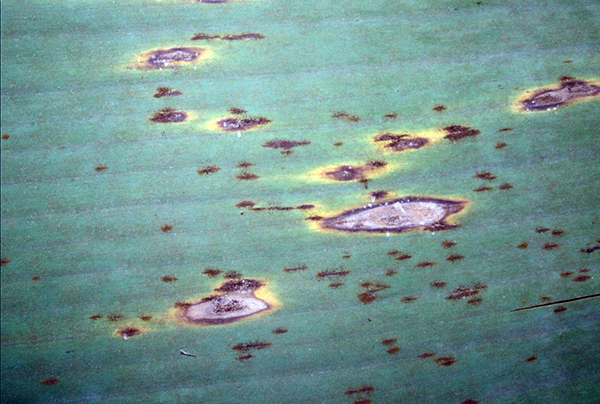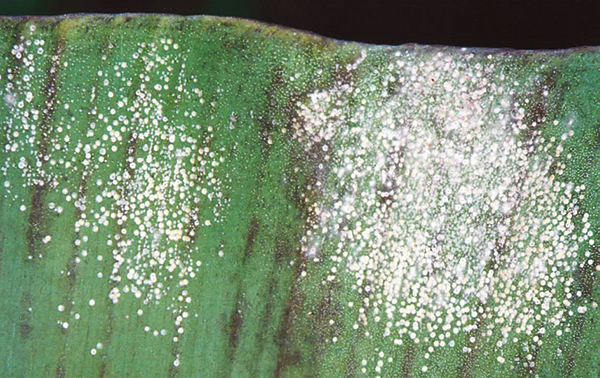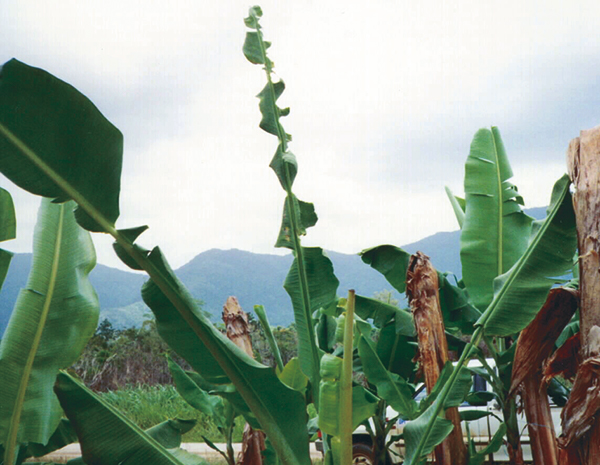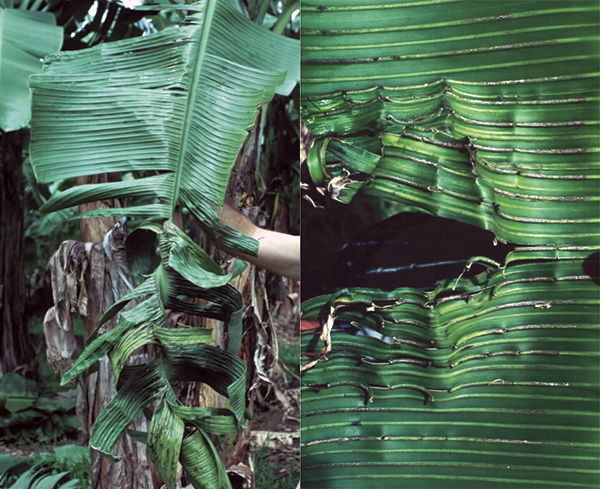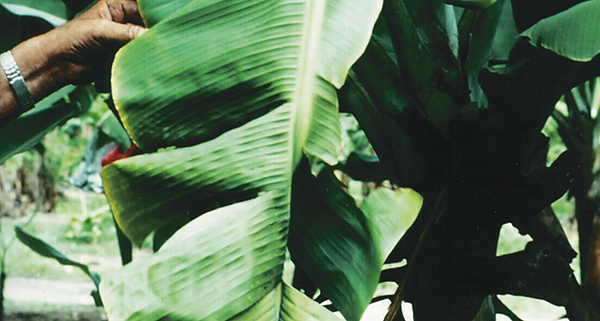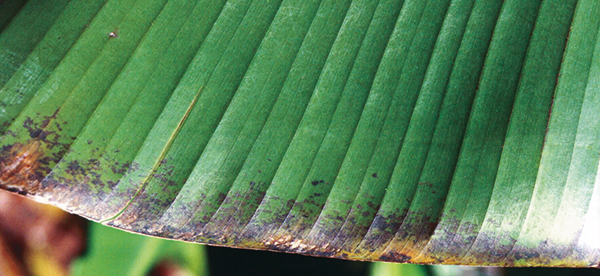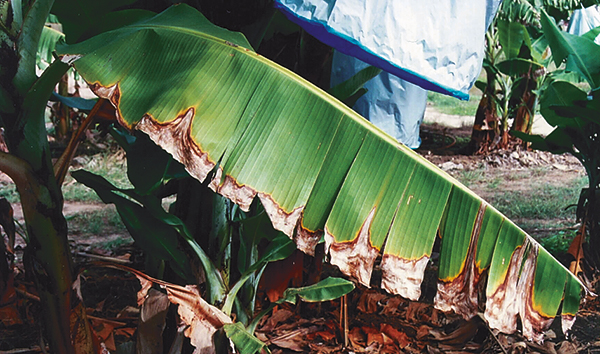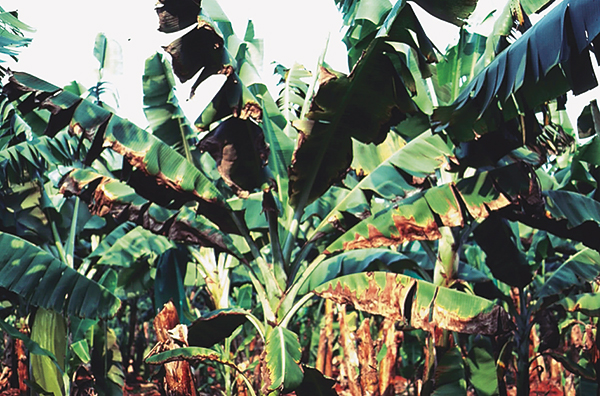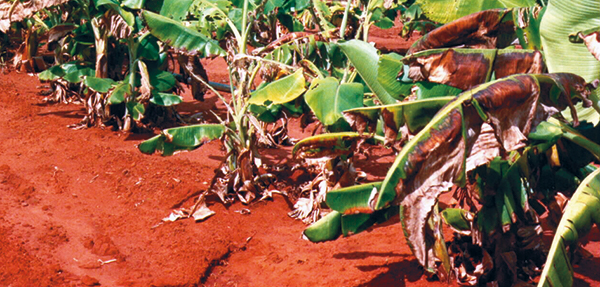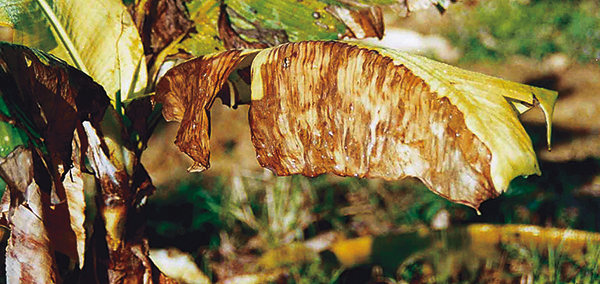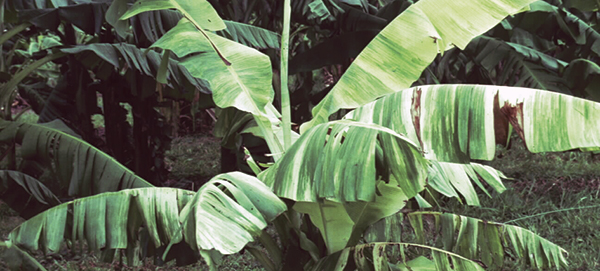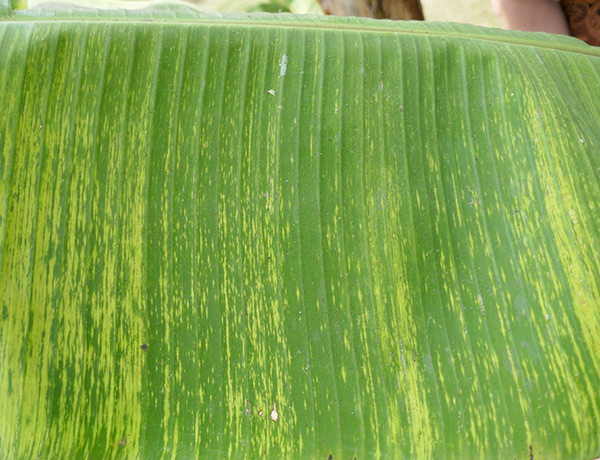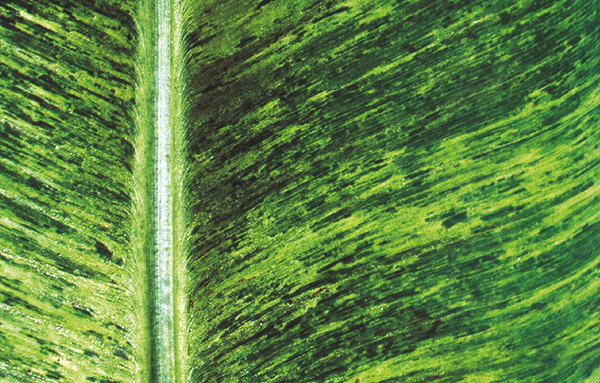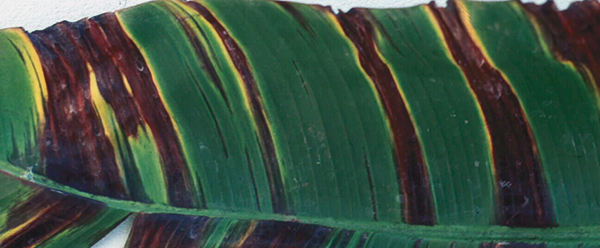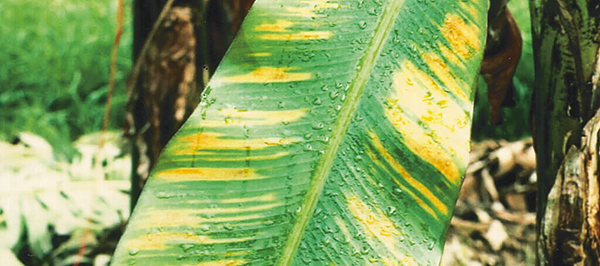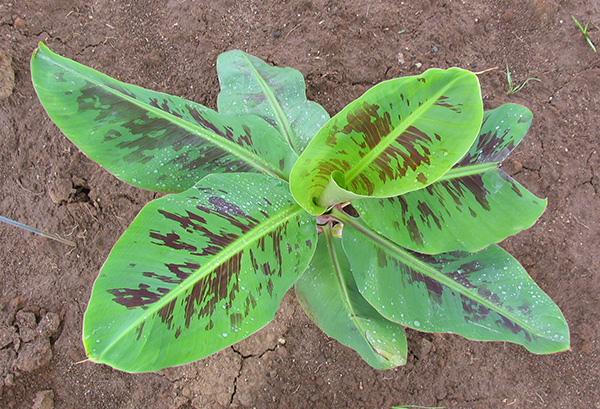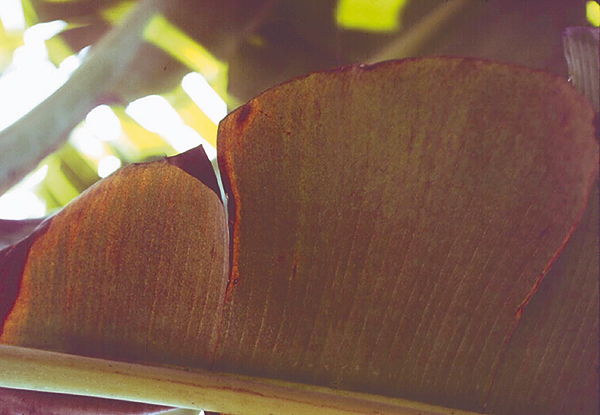What is it?
Crown end rot (CER) of bananas is a serious cause of post-harvest quality loss for banana fruit. As the name suggests, the rot begins at the cut surface of the crown, and depending on the severity, can extend down the neck of the fruit and into the fingers. There are several fungi that can cause CER symptoms and the visual appearance of those symptoms may indicate what fungal organism is responsible. However, multiple fungi can simultaneously cause symptoms, so it can be difficult to distinguish the difference with the naked eye.
The following fungi can cause crown end rot in bananas:
- Fusarium equiseti-incarnatum species complex
- Musicillium theobromae
- Colletotrichum musae
- Thielaviopsis musarum (commonly known as Chalara).
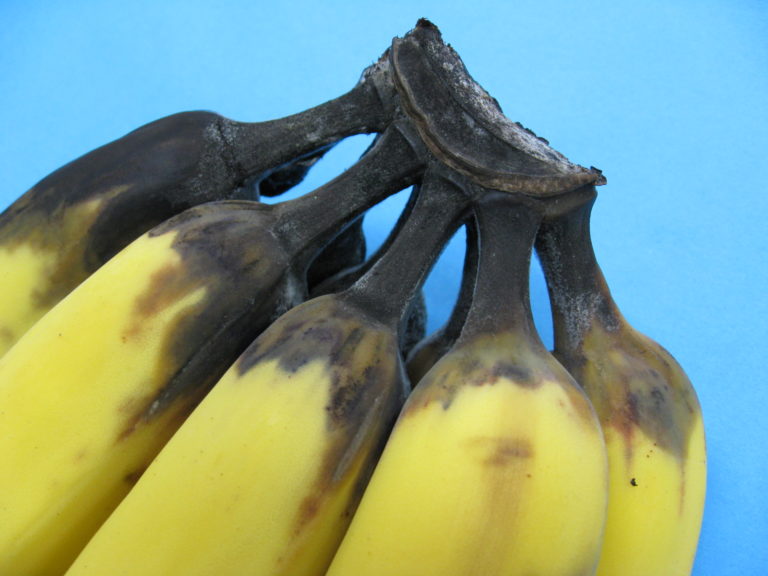
More info...
Click here for more information and photos of the symptoms typically associated with each fungal organisms.
How do you manage crown end rot?
Currently, the most effective management strategy for CER is the application of post-harvest fungicides. Products containing thiabendazole (e.g. Tecto®) and prochloraz (e.g. Protak®) are registered for post-harvest use in bananas.
Recent research has indicated that some of the organisms that cause CER are less sensitive to thiabendazole based products, particularly in the coastal regions of Far North Queensland. These organisms remain more sensitive to products containing prochloraz. Simulation studies have also shown that the longer banana fruit is held in the supply chain before ripening, the greater the risk of developing more severe symptoms of CER. Research has also investigated alternative post-harvest products.
See below for more information on this research.
More info...
This work is funded as part of the Cause and management of crown rot of banana project (BA13011). This project is funded by Hort Innovation, using the banana research and development levy, co-investment from the Department of Agriculture and Fisheries and contributions from the Australian Government. Hort Innovation is the grower-owned, non-for-profit research and development corporation for Australian horticulture.



